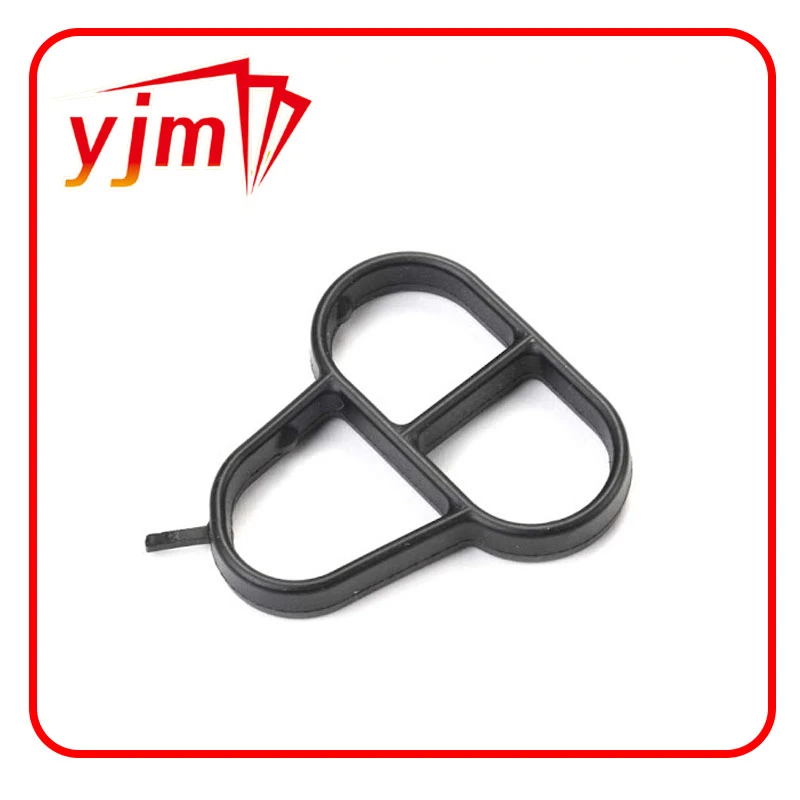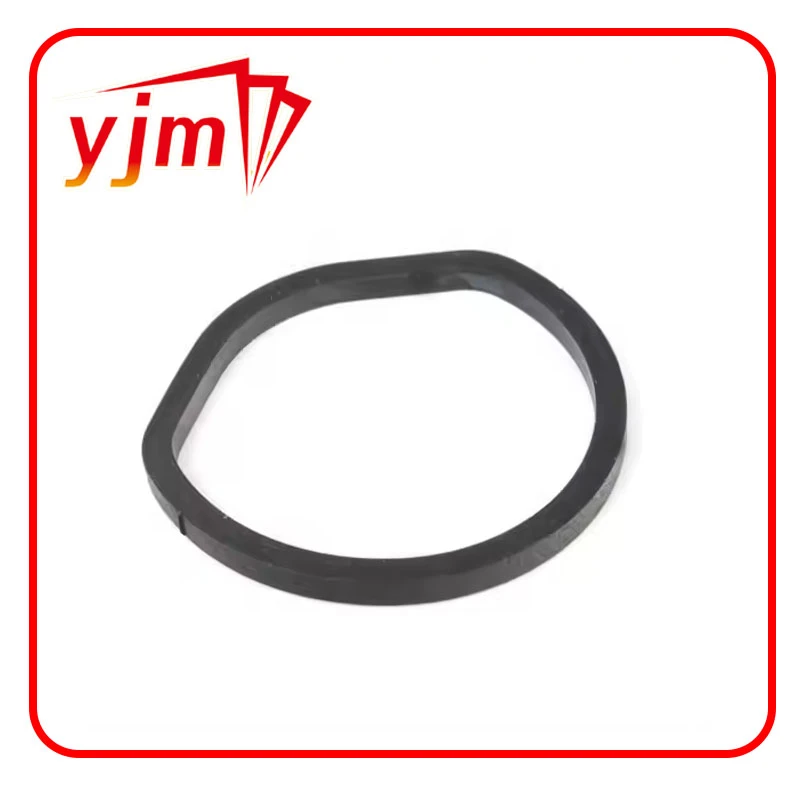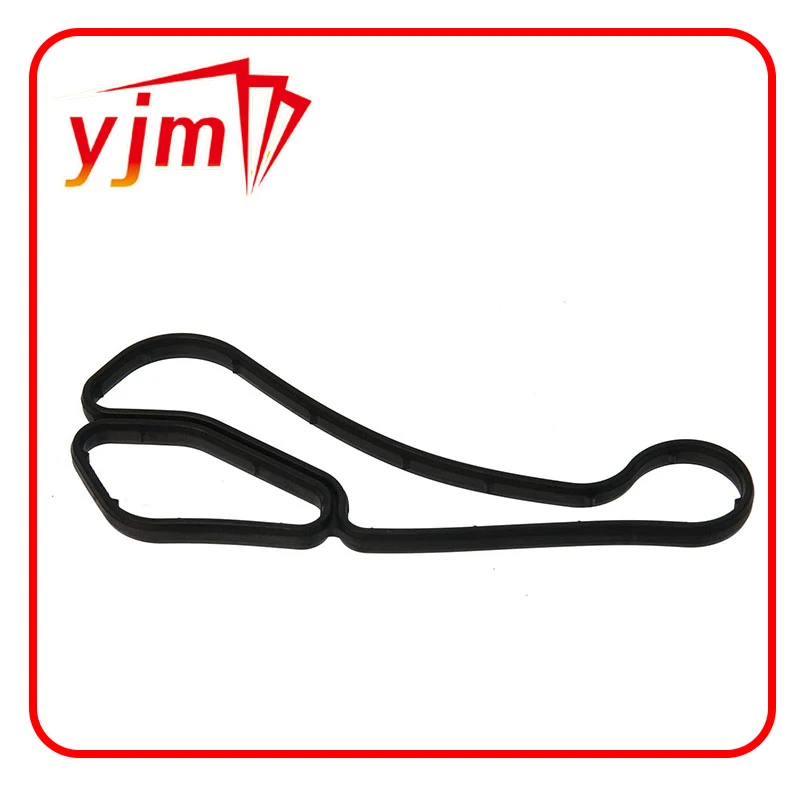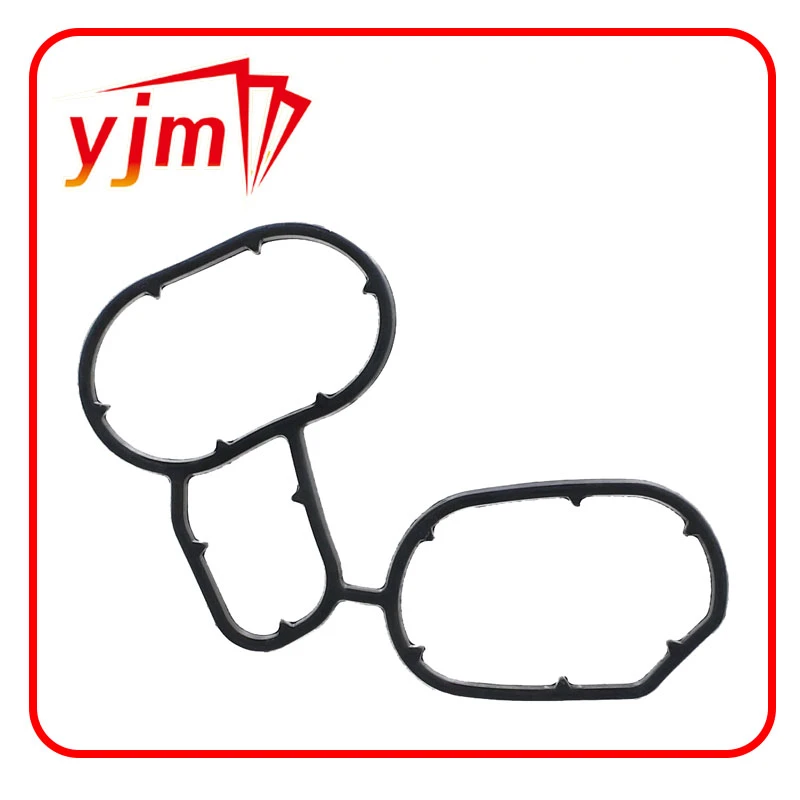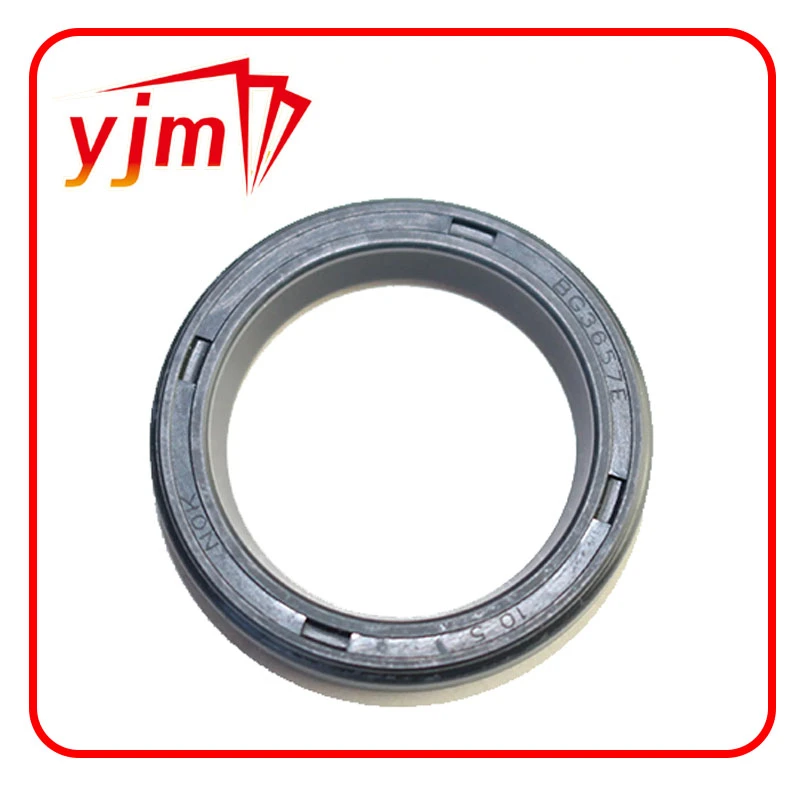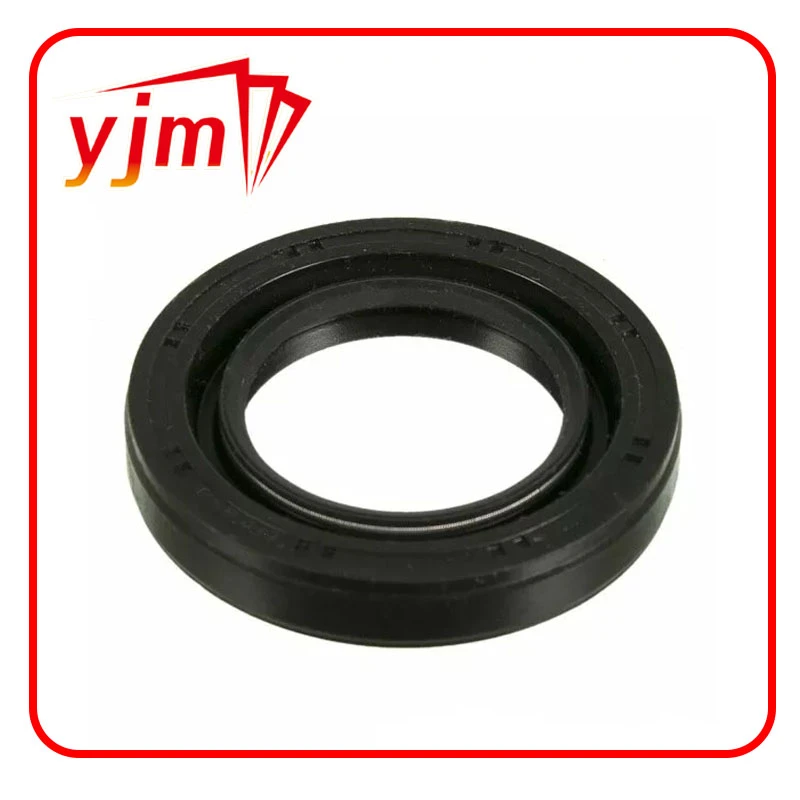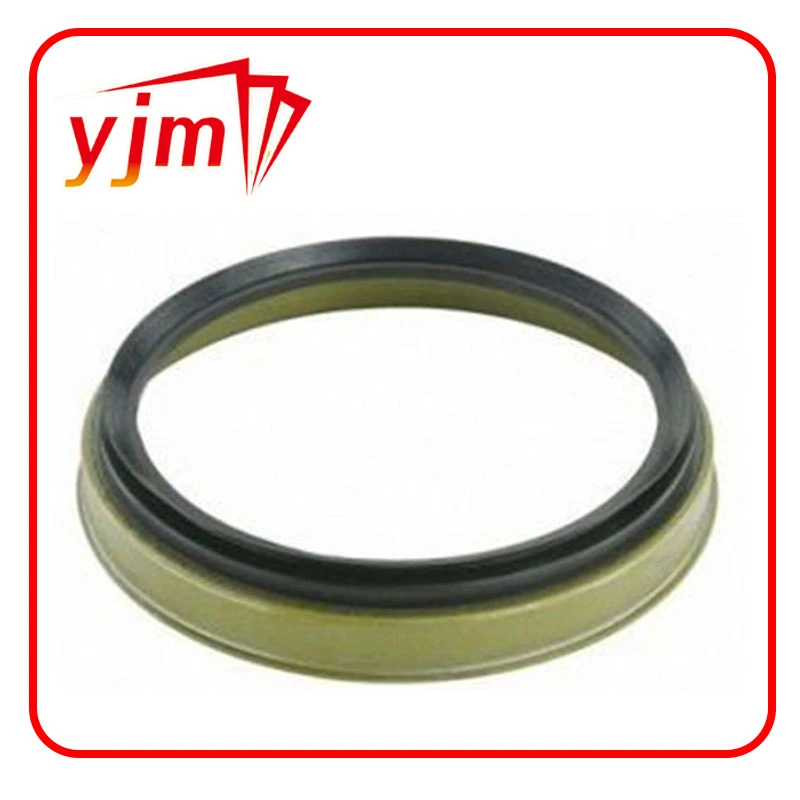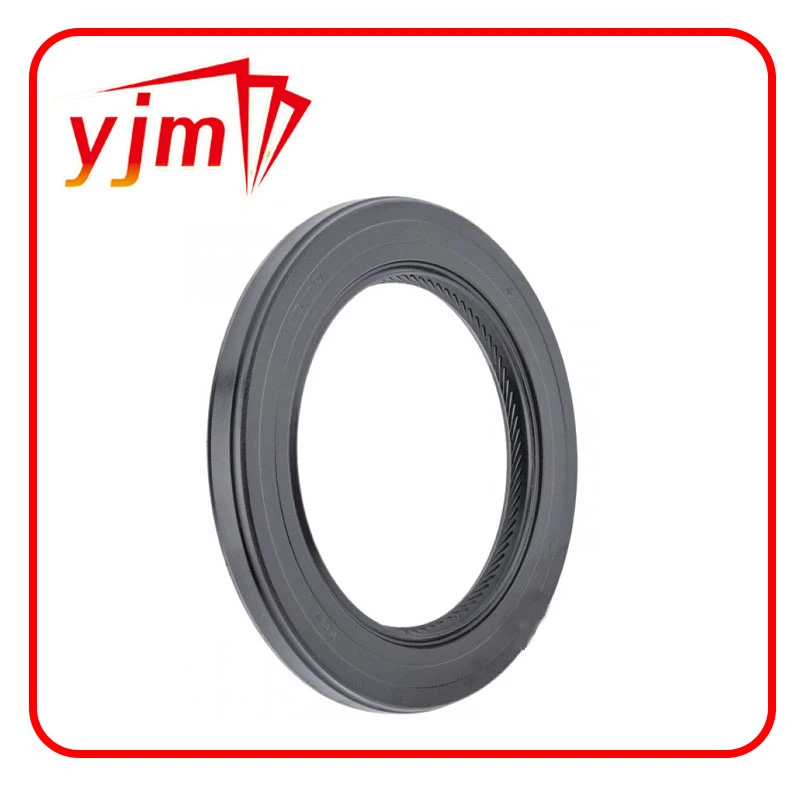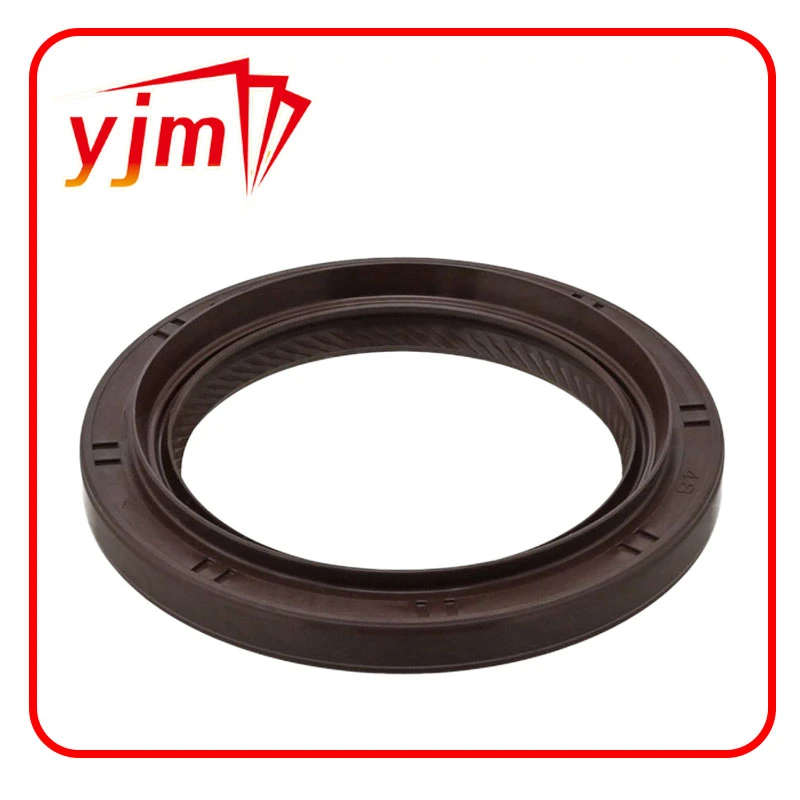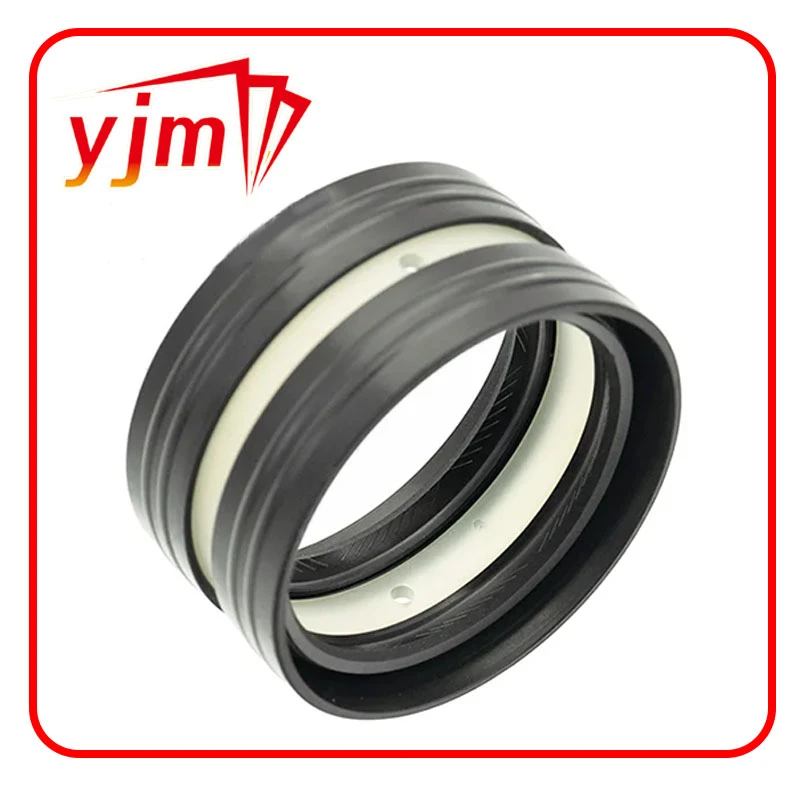Understanding Input Shaft Seals and Their Importance in Automotive Applications
Understanding Input Shaft Seals The Unsung Heroes of Gearboxes
Input shaft seals play a vital role in the functionality and longevity of various mechanical systems, particularly in gearboxes and differentials. Often overlooked, these seals prevent fluid leaks, protect internal components from contamination, and ensure efficient operation. In this article, we will delve into the importance of input shaft seals, their construction, common problems, and maintenance tips.
What Are Input Shaft Seals?
Input shaft seals are designed to seal the area where the input shaft enters a gearbox or differential. The input shaft is critical as it transfers power from the engine to the gearbox, enabling the vehicle to move. The seal's primary function is to prevent lubricating fluids from leaking out while also keeping dirt, dust, and moisture from entering the gearbox.
Construction of Input Shaft Seals
Input shaft seals are generally made from rubber or synthetic materials, designed to withstand extreme temperatures and pressures. The construction usually includes several components the outer casing, a rubber lip, and sometimes, a spring or a garter spring that helps maintain contact between the seal and the shaft. This design allows for a tight seal, reducing the risk of fluid loss while accommodating the rotational movement of the shaft.
Importance of Input Shaft Seals
1. Fluid Retention The primary purpose of input shaft seals is to retain the gearbox oil. A leaking seal can result in a low fluid level, leading to inadequate lubrication, increased friction, and ultimately, serious damage to the gearbox.
2. Contamination Prevention Seals prevent dirt, dust, and moisture from entering the gearbox. Contaminated lubricants can cause wear and tear, resulting in premature failure of gears and bearings.
4. Operational Performance A well-sealed gearbox ensures smoother operation, which translates to improved vehicle performance. When seals fail, drivers may notice vibrations, noises, or erratic shifting.
Common Issues with Input Shaft Seals
Despite their crucial role, input shaft seals are not immune to wear and tear. Some common issues associated with these seals include
input shaft seals

- Wear Over Time Input shaft seals can degrade due to environmental factors, such as extreme temperatures and exposure to oil or other chemicals. Regular wear can lead to leaks, requiring replacement.
- Improper Installation If seals are not installed correctly, they may fail prematurely. It’s essential to follow manufacturer guidelines during installation to avoid issues.
- Shaft Damage If the input shaft is scratched, pitted, or worn, a new seal may not create a proper seal, leading to leaks. In such cases, the shaft may need to be repaired or replaced.
- Quality of Seals Using inferior quality seals can result in quicker failure, so it is advisable to source seals from reputable manufacturers.
Maintenance Tips for Input Shaft Seals
1. Regular Inspections Periodic checks of the gearbox and surrounding areas can help identify leaks early. Look for fluid spots and monitor fluid levels.
2. Replace Old Fluids Changing the gearbox oil at recommended intervals can prevent contamination and reduce stress on seals.
3. Watch for Symptoms Be alert to signs of seal failure, such as transmission noises, fluid leaks, or erratic shifting. Addressing these issues promptly can prevent more significant problems.
4. Proper Installation Whether you are replacing seals or having your vehicle serviced, ensure that technicians are experienced and understand proper seal installation techniques.
5. Choose Quality Products Invest in high-quality input shaft seals that meet or exceed OEM specifications to ensure durability and performance.
Conclusion
Input shaft seals might not be the most glamorous components of a vehicle's drivetrain, but their importance cannot be overstated. These seals protect against leaks and contamination while ensuring the efficient operation of gearboxes. By understanding their function, recognizing common issues, and conducting diligent maintenance, vehicle owners can prolong the life of their gear systems and enhance overall performance. Whether you are a DIY enthusiast or a vehicle owner, maintaining the input shaft seal is a small but significant step in ensuring your vehicle functions smoothly and remains reliable on the road.
-
Understanding the Importance of Oil Seals in Automotive and Industrial Applications
News Jul.04,2025
-
Understanding Oil Seals by Dimension: Types, Standards, and Selection Guide
News Jul.04,2025
-
The Versatility and Innovation Behind Modern Oil Seals
News Jul.04,2025
-
Key Components of Oil Sealing Systems in Automotive and Industrial Applications
News Jul.04,2025
-
Exploring Advanced Oil Sealing Solutions for Modern Machinery
News Jul.04,2025
-
Essential Sealing Components for Oil Systems: From Stem to Tank
News Jul.04,2025
-
Understanding Oil Plug Washers: A Must-Have for Polaris and Other Engines
News Jul.03,2025
Products categories

